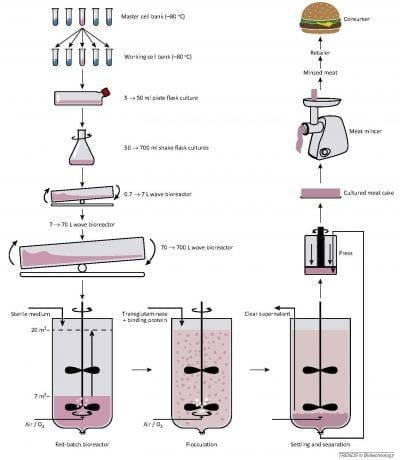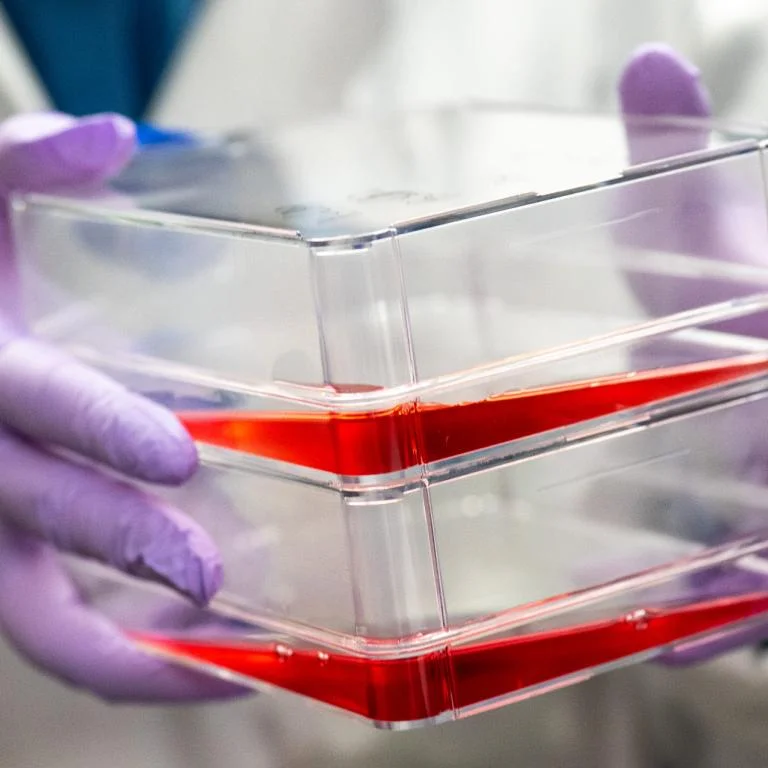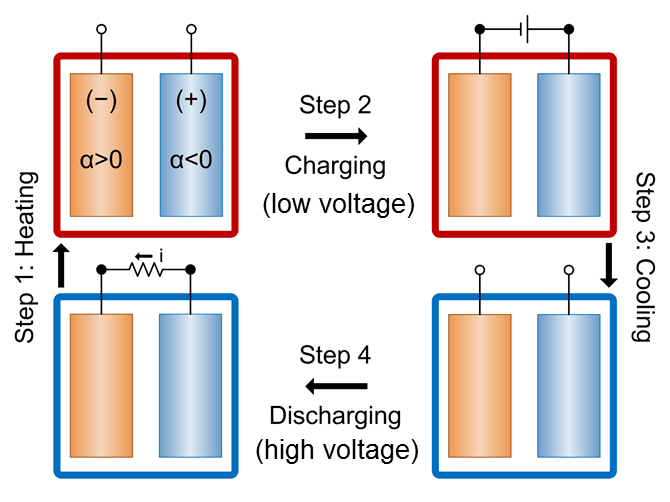
The scientific progress that has made it possible to dream of a future in which faulty organs could be regrown from stem cells also holds potential as an ethical and greener source for meat.
So say scientists who suggest in the Cell Press journal Trends in Biotechnology that every town or village could one day have its very own small-scale, cultured meat factory.
Read more . . .
The Latest on: Cultured meat
[google_news title=”” keyword=”Cultured meat” num_posts=”10″ blurb_length=”0″ show_thumb=”left”]
via Google News
The Latest on: Cultured meat
- Florida’s ban on cultivated meat sacrifices conservative principles for culture war pointson May 9, 2024 at 5:56 pm
It is not yet clear whether the alternative protein products known variously as “lab-grown,” “cell-cultivated” or “cultured” meat will deliver the environmental ...
- Florida’s cultured meat ban is dumb. But it can have big consequenceson May 9, 2024 at 1:51 pm
Florida became the first state to outlaw lab-grown meat last week. It was basically a handout to the agri business mixed with a bit of conspiracy theory peddling. State Rep. Dean Black, a Republican ...
- DeSantis vs. Jeff Bezos? Lab-grown meat ban bucks billionaire’s investmenton May 9, 2024 at 9:20 am
New Florida resident Jeff Bezos invested millions into cultivated meat earlier this year. One problem - DeSantis just banned it. Here's what to know.
- Meat, Freedom and Ron DeSantison May 6, 2024 at 4:00 pm
Still, if and when lab-grown meat, also sometimes referred to as cultured meat, makes it onto the market at less than outrageous prices, a significant number of people will probably buy it. Some will ...
- The cultured wars: Why lab-grown meat is inspiring bipartisan hateon May 6, 2024 at 11:01 am
This is something the governor of Florida — a Republican who was previously, and perhaps fittingly, dubbed “Meatball Ron” by former president Donald Trump — has made clear for months, first while ...
- Florida’s ban on lab-grown meat: How does it differ from ‘Impossible,’ vegan substitutes?on May 6, 2024 at 8:58 am
Is 'Impossible' meat considered lab-grown? Here's what to know. What is lab-grown meat and how is it made? Also referred to as "cultured meat" or "cultivated meat," lab-grown meat is a meat ...
- Florida bans lab-grown meat. Have any other states passed their own bans against it?on May 6, 2024 at 8:40 am
Which other states are cooking up anti-cultivated meat legislation along with Florida? Here's what to know, why DeSantis is banning lab-grown meat.
- Florida bans lab-grown meat as other states weigh it: What's their beef with cultured meat?on May 5, 2024 at 4:02 am
Florida Gov. Ron DeSantis signed into law this week a ban prohibiting the manufacture and distribution of lab-grown meat in the state.
- What is lab-grown meat, and why did Governor Ron DeSantis ban it in Florida?on May 4, 2024 at 10:30 am
Florida Governor Ron DeSantis said he wants to "save our beef" by signing a ban on the manufacture and distribution of lab-grown meat in the state.
- Florida's Beef with Lab-Grown Meat Is Evidence-Freeon May 3, 2024 at 2:11 pm
This week Florida’s governor Ron DeSantis signed a bill banning the production and sale of lab-grown meat, also called cultured meat, in the state.
via Bing News










